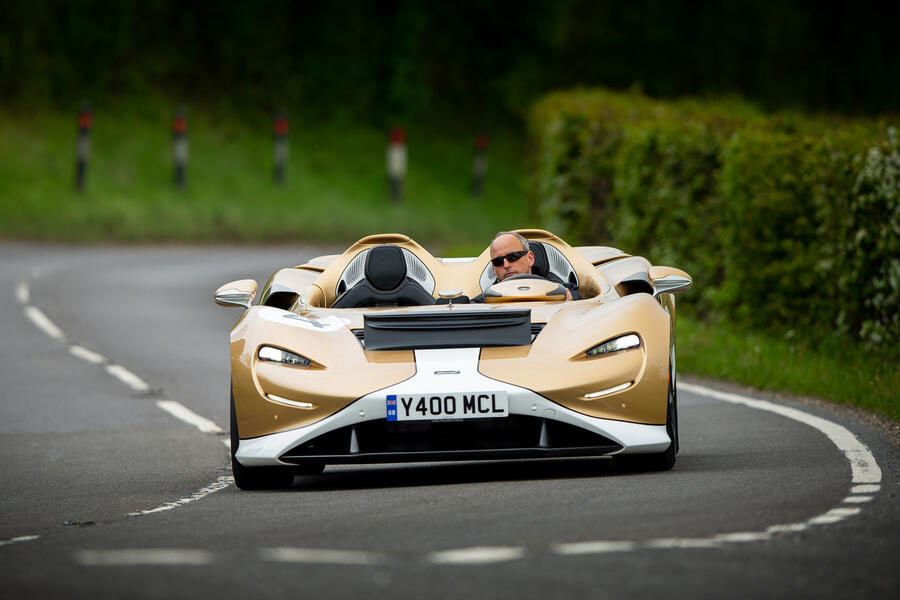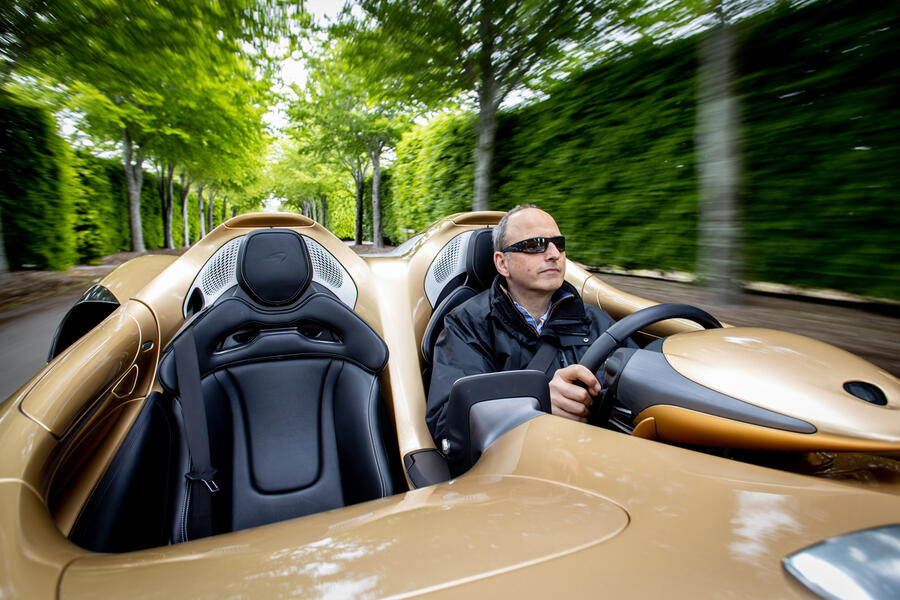What is it?
It has to be said that there are some hurdles to clear here; a few things to get your head around first. The Elva costs £1,425,000.
They were going to build 399, until they announced it would actually be only 249. Until it was reduced to be 149. And they’re still not all sold.
You might have a mental image of the person who would choose to buy a McLaren without a roof or windscreen and even suspect his or her motives for doing so: is it a car to drive or just to be seen in?
And I understand all that. But on that last point, I can help, having now driven one on mercifully quiet Sussex roads and then around the Goodwood race track. Whatever else you might think about the Elva and whether some or more of its owners choose to or not, it’s a car for driving first, second, third and fourth.
I hadn’t taken this for granted.
The new Aston Martin V12 Speedster, lovely and lovelier to regard though it is, isn’t a car for balls-to-the-wall driving. The Elva, by dint of being not just the most powerful non-hybrid McLaren but also the lightest of all since the F1, is a car that more than makes good on the promise of its appearance. However mad it looks, it’s madder even than that.
It’s not a car for the self-conscious. McLaren supplies each Elva with a pair of bespoke, aerodynamically sculpted helmets, but I preferred to wear the bulletproof (yes, literally) sunglasses that come with it too.

